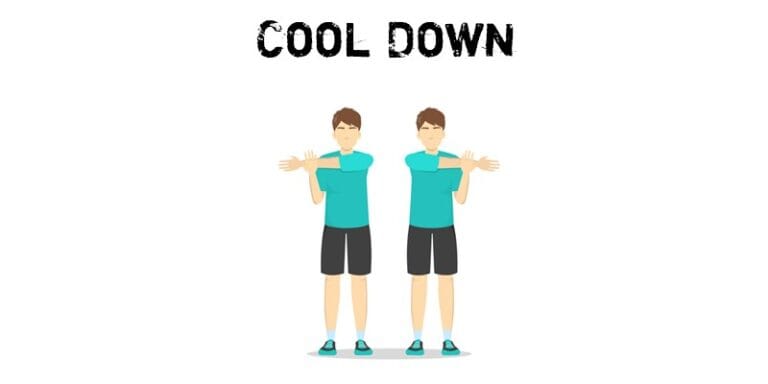In order to lose weight you need to be in a calorie deficit. This means eating fewer calories than your body burns throughout the day. You should aim for a deficit of 300-500 calories. A healthy, sustainable rate of weight loss is 0.5-1kg (1-2lbs) per week.
There are two important factors when it comes to achieving this deficit – Nutrition and Exercise. You can learn more about nutrition and weight loss by visiting our weight loss nutrition guides. In terms of exercise, there are two forms you can use: Steady-state cardio (walking, jogging, running etc) and high-intensity interval training (HIIT). To help you choose the right one, we will compare the two in this guide.
Topics covered in this guide:
- Steady-State Cardio
- HIIT
Steady-state cardio
- Exercises require less impact than HIIT training, making it safer for your joints.
- You will experience less discomfort during the activity, which makes it suitable for people of all ages and abilities. HIIT is more taxing so beginners may find it difficult to start with.
- ACSM (The American College of Sports Medicine) recommend a minimum of 30 minutes of moderate exercise, 3-5x per week in order to make a difference.
- The calories you burn are mainly from fat. Despite this, you will burn fewer calories than if you did a HIIT session for the same amount of time.
HIIT
- Sessions are typically 15-30 minutes. This makes them a quick and convenient method of training when you have a busy work schedule.
- Your metabolism is raised post-exercise, which means you continue to burn calories after the session is completed.
- Most HIIT sessions are high impact so there is a greater risk of injury if you are not careful. Therefore we recommend you warm up properly and do a maximum of 3 sessions per week on non-consecutive days.
- The calories you burn aren’t just from fat, but you can burn the same amount as steady-state cardio, in a shorter amount of time.
Summary
Both methods have their pros and cons and it ultimately comes down to your situation. HIIT is more convenient if you are pressed for time, but places greater stress on your body. Steady-state cardio needs to be done for longer and more frequently, but it is safer for your joints. You may want to consider incorporating both methods into your weekly plan. Remember to consult your GP before exercising if you are experiencing any joint pains or injuries.



